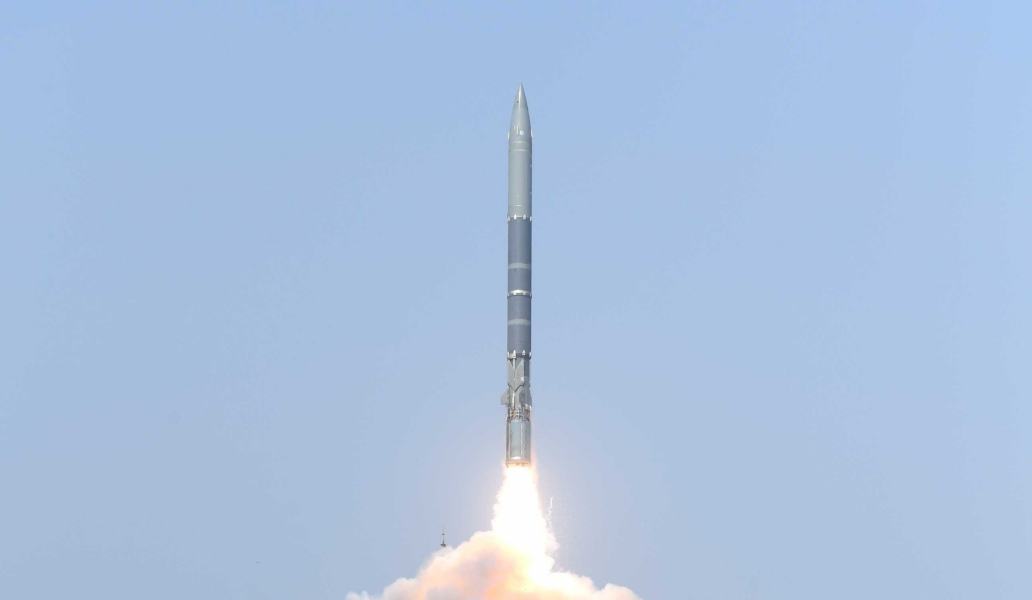
GENEVA (AP): The world's largest atom smasher is ready to start a new era of science today, colliding beams of protons to learn more about the makeup of the universe and its smallest particles.
Dubbed the world's largest scientific experiment, the USD 10 billion Large Hadron Collider holds the promise of revealing details about theoretical particles and micro-forces, scientists say.
Two beams of protons began 10 days ago to speed at high energy in opposite directions around the 27-kilometre tunnel under the Swiss-French border at Geneva.
The beams have been pushed to 3.5 trillion electron volts, the highest energy achieved by any physics accelerator - some three times greater than the previous record.
The European Organisation for Nuclear Research, or CERN, plans to start trying this morning to use the powerful superconducting magnets to force the two beams to cross, creating collisions and showers of particles.
They could be successful immediately, but such huge machines can be so tricky to run that it could take days.
The beams will be packed with hundreds of billions of protons, but the particles are so tiny that few will collide at each crossing.
Steve Myers, CERN's director for accelerators and technology, describes the challenge of lining up the beams as being akin to "firing needles across the Atlantic and getting them to collide half way."
The collisions will come over the objections of some people who fear they could eventually imperil the Earth by creating micro black holes - subatomic versions of collapsed stars whose gravity is so strong they can suck in planets and other stars.
 Previous Article
Previous Article Next Article
Next Article













The Indian Air Force, in its flight trials evaluation report submitted before the Defence Ministry l..
view articleAn insight into the Medium Multi-Role Combat Aircraft competition...
view articleSky enthusiasts can now spot the International Space Station (ISS) commanded by Indian-American astr..
view article